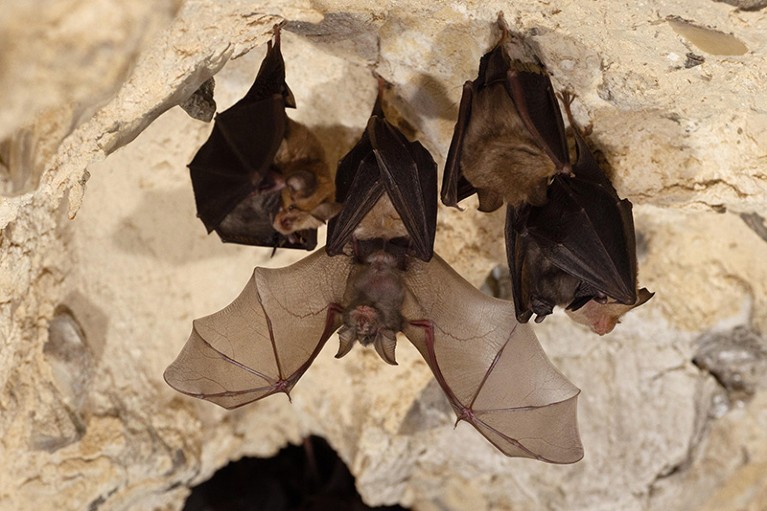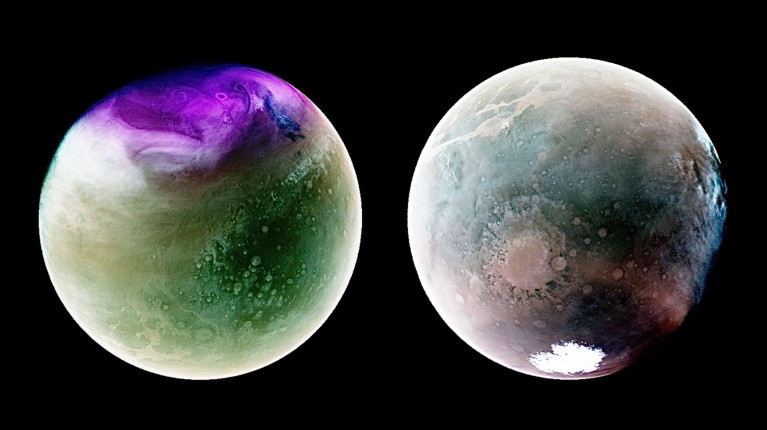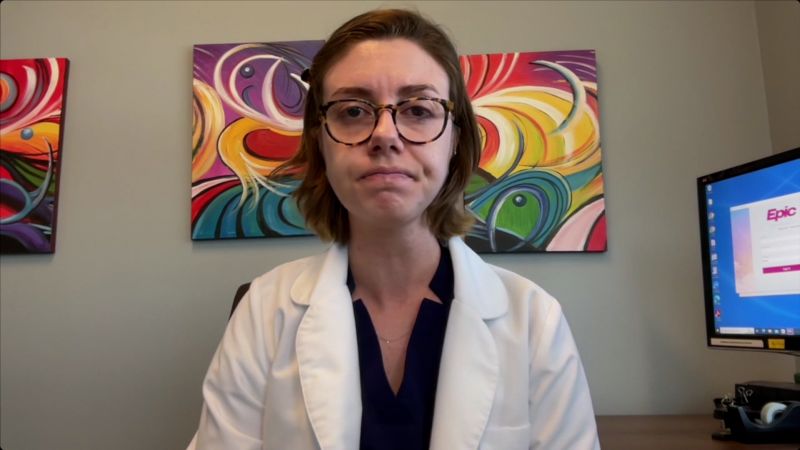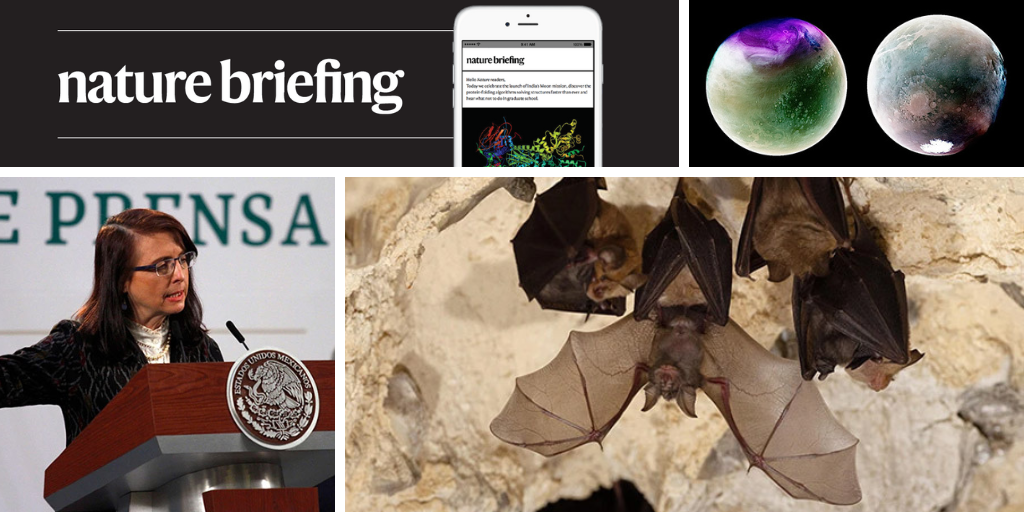Hello Nature readers, would you like to get this Briefing in your inbox free every day? Sign up here.

Lesser horseshoe bats in the United Kingdom were found to host coronaviruses called sarbecoviruses.Credit: Franz Christoph Robiller/imageBROKER/Shutterstock
A survey of UK bat species has turned up nine coronaviruses, including four sarbecoviruses — the group that SARS-CoV-2 belongs to — and one related to the virus responsible for Middle East respiratory syndrome. Laboratory studies with safe versions of these viruses suggest that they are unlikely to spread in humans without first evolving further. Coronavirus hunters looking for the next pandemic threats have so far focused on China and southeast Asia, where wild bats carry SARS-CoV-2’s closest relatives. “Europe and the UK had been totally overlooked,” says evolutionary geneticist Vincent Savolainen.
Reference: Nature Communications paper
Hundreds of scientists and about one-third of the members of Mexico’s Congress have filed lawsuits declaring a recently passed science law unconstitutional. They say that the legislation — called the General Law on Humanities, Sciences, Technologies and Innovation — was passed using an irregular procedure and that it will harm basic science by prioritizing projects on the basis of their potential to solve national problems. “Decisions are going to be very centralized,” says ecologist Romeo Saldaña.
A newly described palm plant from Borneo, Pinanga subterranea, is only the second species known to grow its flowers and fruit under the soil (the other is the Australian orchid genus Rhizanthella). It’s “mind-boggling and seemingly paradoxical”, says biologist Benedikt Kuhnhäuser, because it hinders pollination and seed dispersal. Bearded pigs (Sus barbatus) seem to help spread the seeds by digging up and eating the bright-red fruits — but how the plants are pollinated remains a mystery.
Reference: Plants People Planet paper
Features & opinion
Research is slowly shedding light on how many people get bettter from long COVID, despite debate over the definition of the condition, its cause and what ‘recovery’ even means. Improvements seem to plateau after one year: in a study of 1,106 people, close to 23% still had symptoms after six months, falling to around 19% after one year and 17% after two. Another study finds that one-third of people who had symptoms after six months no longer had them at nine months. Risk factors include being female, being older, having a high body mass index, smoking, having asthma or diabetes, and having a severe COVID-19 infection. Vaccination seems to reduce the risk. The diabetes drug metformin and the antiviral Paxlovid are showing promise for preventing long COVID — but only if given during the acute phase. “The real benefit would be to actually find a therapy that would work once people have been diagnosed with long COVID,” says epidemiologist Tala Ballouz.
Reference: BMJ paper & JAMA paper
Scientists are increasingly depositing data alongside their publications so that others can use them to drive new research. Here are seven tips for making data accessible, discoverable and useful:
• Add metadata, which describe the data — such as timestamp, geolocation and experimental variables
• Share raw and processed versions
• Archive data on sites such as Genbank, Protein Data Bank, GitHub, Zenodo, Figshare and Dryad
• Use non-proprietary file formats (above all, avoid PDFs for tables)
• Post the code for analysis alongside the data
• Consider users with different technical infrastructure (consult organizations such as the Research Data Alliance or the International Science Council’s Committee on Data)
• Take the plunge — anything you do to contribute to open science adds value
For a shortcut to relief in hot weather, immerse your hands in cool water, biologist Craig Heller tells a Scientific American podcast. The hairless skin on our palms, soles and upper face contain special blood vessels — arteriovenous anastomoses (AVAs) — that offer a more direct connection to the core of the body, bypassing the delicate capillaries. Gently cooling this skin helps you to chill out fast — but avoid freezing-cold water, which will cause the AVAs to slam closed. What not to do: use ice or a wet towel on the back of your neck. You’ll be misleading your brain’s thermostat, which uses the temperature of this area to trigger your body’s natural cooling methods.
Science, Quickly podcast | 11 min listen or 8 min read
Image of the week

Credit: NASA/LASP/CU Boulder
These striking ultraviolet views of Mars were taken by NASA’s MAVEN mission at almost opposite points in the planet’s orbit. The image on the left was taken in January 2023, when Mars was near its farthest point from the Sun. The purple haze is ozone that has accumulated during the northern hemisphere’s cold winter nights. The image on the right was taken in July 2022, as Mars passed close to the Sun. The pale-pink splodge is a deep crater called Argyre Basin, and the white area at the base is the southern polar ice cap. (Nature | 2 min read)








More News
Daily briefing: Why exercise is good for us
Daily briefing: Orangutan is first wild animal seen using medicinal plant
Old electric-vehicle batteries can find new purpose — on the grid